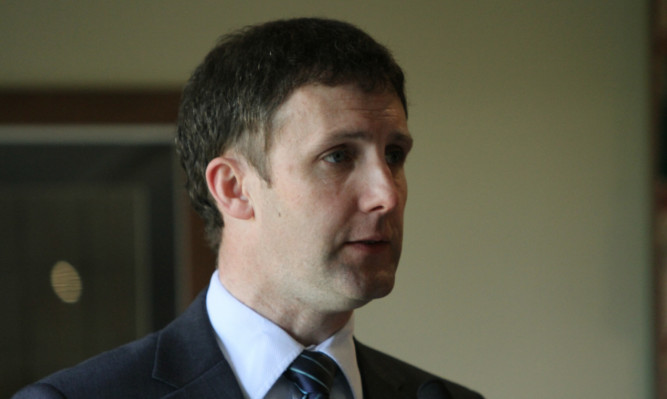The number of IVF cycles offered on the NHS will be capped at two per eligible couple in an attempt to drive down waiting lists.
The Scottish Government endorsed the expert view, which brings the number of cycles down from three in some parts of the country, as part of a new national strategy to make fertility treatment fairer and faster.
Public Health Minister Michael Matheson said: “Currently the service and criteria offered to women varies across the country. This is not acceptable.
“For the first time, NHS provision of IVF will not vary, regardless of where you live. All patients in Scotland will have access to a more generous and fairer service than elsewhere in UK.”
A new waiting target of one year is expected to be met by the end of March 2015.
Waiting times vary from three years and eight months in Grampian to virtually no wait in the Borders, according to the expert National Infertility Group report, which made the recommendations accepted by the Government.
The report suggests eligible patients may be offered up to three cycles where there is a reasonable expectation of a live birth but the cap should be set at two until “reasonable” waiting times are established across Scotland.
Boards where three cycles were offered include Highland, Tayside, and Ayrshire and Arran. Glasgow, Lothian and Fife boards are among those already offering two.
People waiting for treatment will be encouraged to make lifestyle changes. Obese women and smokers will be put on a “holding list” until changes are made.
Fresh cycles of treatment must start by the date of the woman’s 40th birthday, according to the recommendations.
Couples must have been cohabiting in a stable relationship for at least two years to qualify. The Scottish Government is spending £12 million over three years to reduce the waiting times.
Ian Crichton, chairman of the National Infertility Group, said: “Using the latest clinical evidence available, we have done our best to balance the needs of couples and the resources available in recommending treatment that is both safe and effective.
“Failure not only impacts on NHS cost-effectiveness, it has a huge emotional impact on those involved. Our recommendations will significantly improve the likelihood of a healthy birth with all the associated benefits that accrue.”
About 3.5% of all first births in Scotland are as a result of IVF treatment. About one in four IVF cycles result in the birth of a live baby.
At the current average working estimate of £3,600 per cycle, the average cost per live birth is £12,325 for women below the age of 35, rising to £19,360 for women aged 38-39.
